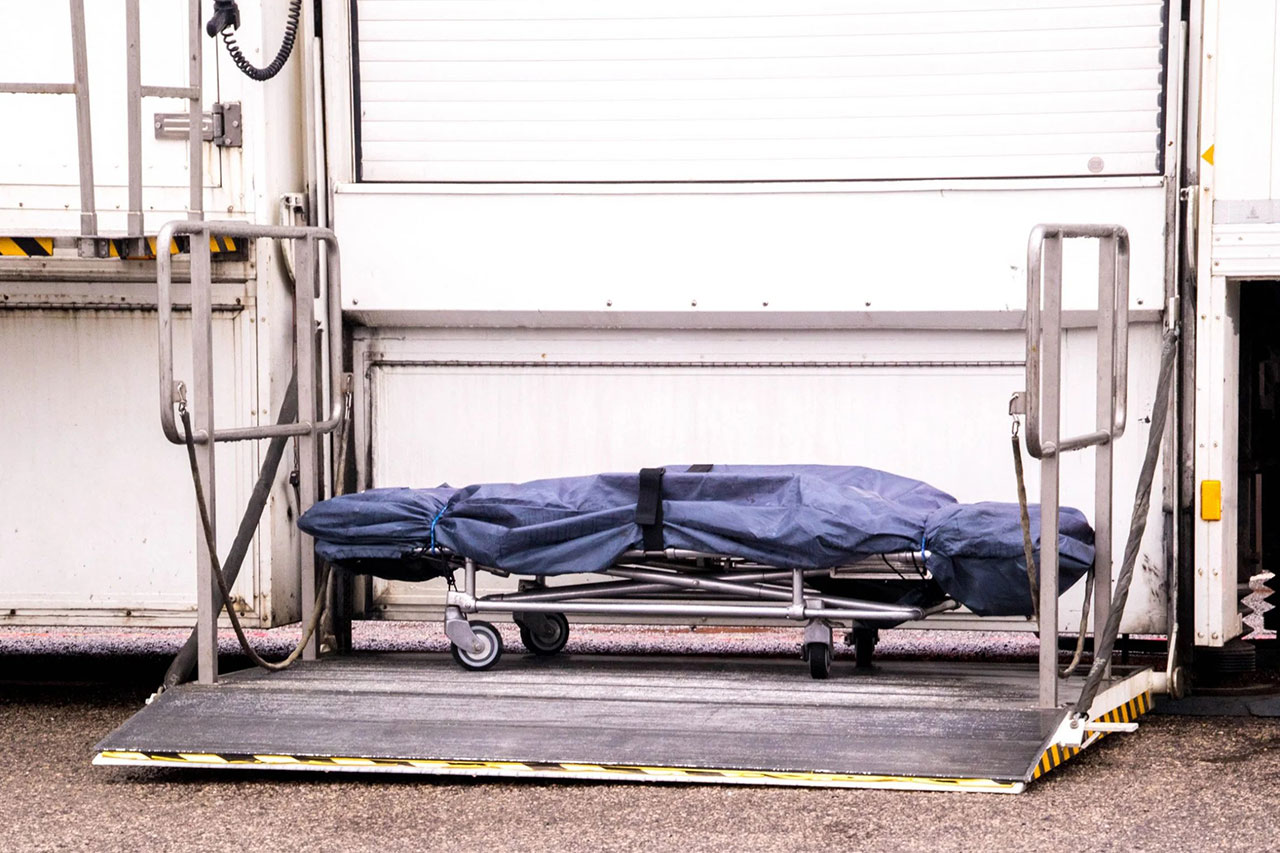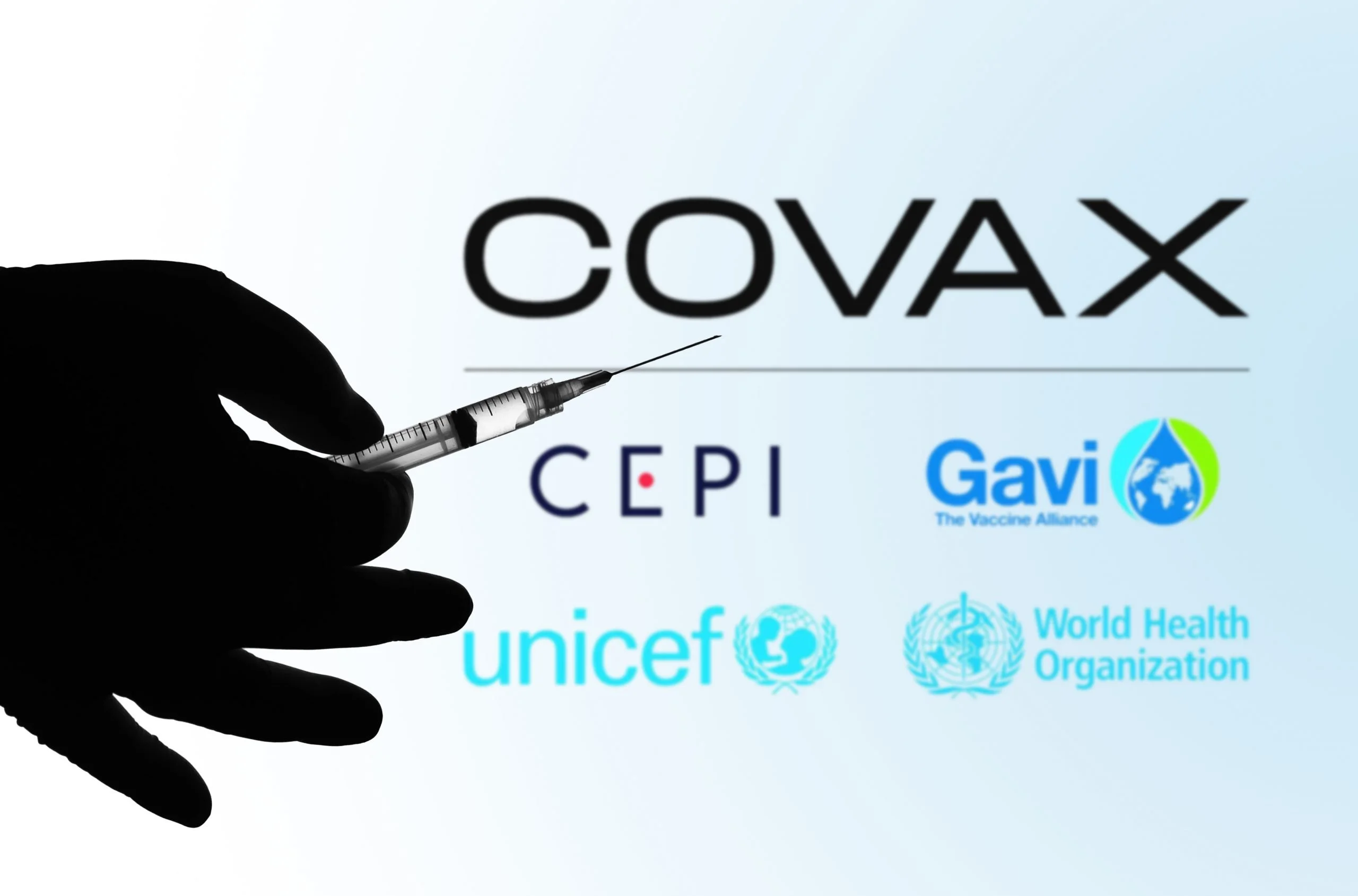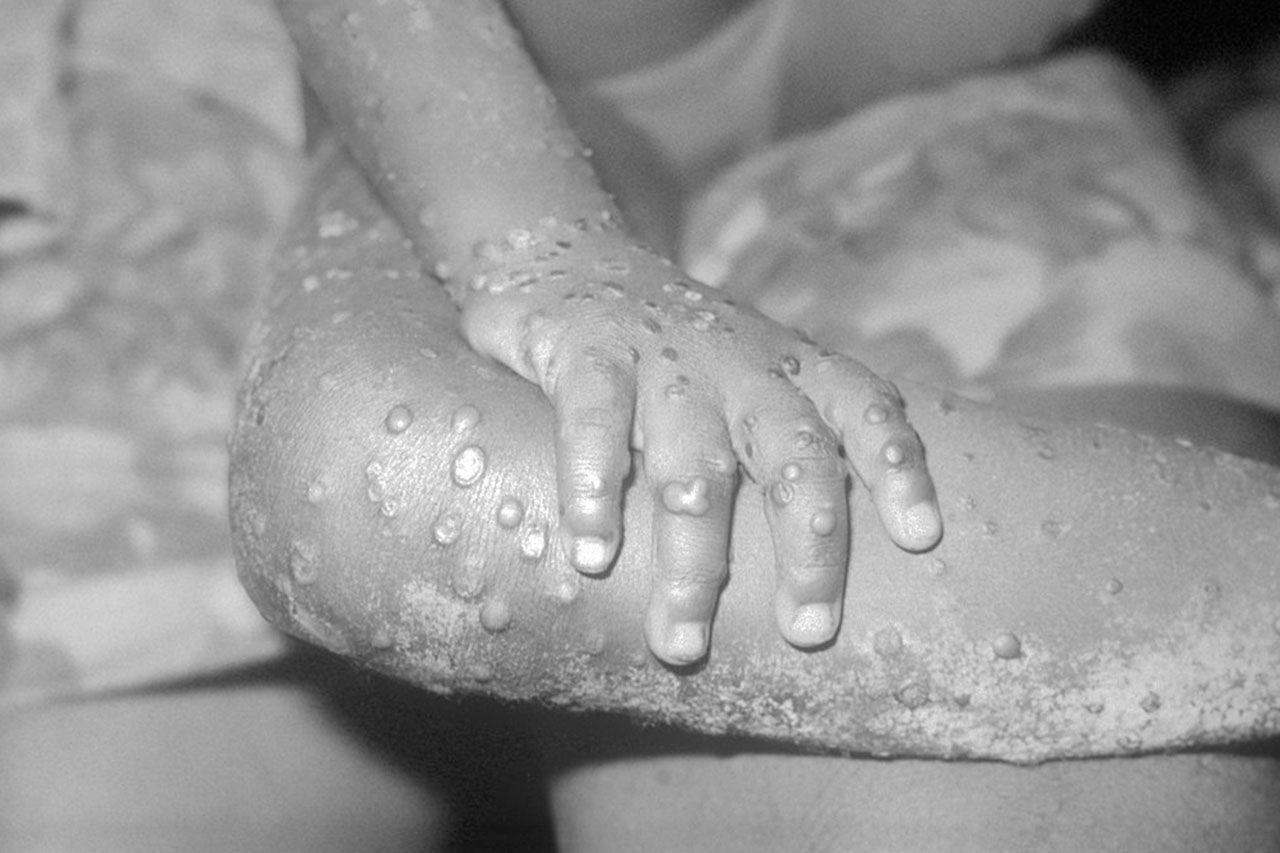Billion-dollar plan
Almost as if to make up for the lost Trump year during the pandemic, the White House has put together an ambitious new plan with a $65.3 billion price tag that could transform the way the United States responds to pandemics by vastly accelerating vaccine development, testing, and production. But is the plan big enough?

Announced on 03 September, the scheme hopes to launch with $15 billion set aside in a budget reconciliation bill now before Congress (but not certain to pass). It asks Congress to provide the rest of the funding over the next decade. It calls for an Apollo-like “mission control” centre to coordinate the many branches of government already involved with pandemic preparedness. Nearly 40% of the money would go towards vaccines, followed by just under 20% for treatments. The rest will support new diagnostics, early warning systems, improved public health and biosafety measures, and global health efforts.
Combining science with security, the 27-page plan has been signed by Eric S. Lander, Assistant to the President for Science and Tech and Jacob J. Sullivan, Assistant to the President for National Security Affairs. The security angle obviously comes into play because of lurking suspicions that anything of biological origin can be manufactured in laboratories for nefarious purposes.
(American Pandemic Preparedness: Transforming Our Capabilities)
Almost military-like in approach, the proposal envisages work organized across five pillars
- Transforming medical defences
- Ensuring situational awareness
- Strengthening public health systems
- Building core capabilities
- Managing the mission
For vaccines, it calls for more research on 26 families of viruses known to infect humans. It will also lay the groundwork to develop, test, and approve vaccines against new emerging pathogens within 100 days—three times faster than COVID-19 shots—and produce enough vaccine for the United States within 130 days and for the world by 200 days. Vaccine-makers will be funded to maintain excess production capacity at their existing plants.
A clinical trials network will be at the ready, set up to enrol 100,000 participants within a few weeks, which will lead to answers more quickly than the 30,000-person studies staged for existing COVID-19 vaccines. New technologies such as skin patches or nasal sprays would simplify providing vaccines, and more effort will be made to develop animal models for all potential viral families.
The plan stresses that the cost of the COVID-19 pandemic to the United States alone has been an estimated $16 trillion, which makes $65.3 billion seem like bus fare.
The current pandemic has illustrated the seriousness of biological threats. As of mid-August 2021, COVID-19 has killed over 4.3 million globally, with excess mortality estimates suggesting a death toll exceeding 10 million. In the United States, the number of deaths directly attributed to COVID-19 has surpassed 623,000.
As devastating as the COVID-19 pandemic is, there is a reasonable likelihood that another serious pandemic will occur soon—possibly within the next decade—and maybe worse than COVID-19.
SARS-CoV-2, the virus responsible for COVID-19 disease, was relatively mild in certain respects. It is far less lethal than the 1918 influenza virus. It also belongs to a well-understood family: coronaviruses. It was possible to design vaccines within days of ascertaining the virus’s genetic code because nearly 20 years of federally-funded fundamental scientific research, spurred by the emergence of SARS and MERS had provided detailed knowledge about coronaviruses. Unfortunately, most of the 26 families of viruses that infect humans are less well understood or harder to control than coronaviruses. The plan document goes on to say: “While there are important lessons to be learned from COVID-19, we must not fall into the trap of preparing for yesterday’s war.”
/////
Covax – unprecedented achievements but not quite enough
The haves vs have-nots saga continues apace on the availability and distribution of COVID-19 vaccines for poorer countries with the rich ones being accused of hogging the show. The major bone of contention for the last couple of months has been booster vaccine doses being given or contemplated by the developed world for people who have already had two doses at least 8 months ago.

Meanwhile, a year after it was launched, the COVAX scheme has not yet reached its target of protecting at least 20% of the adult population in the less privileged world. It’s a year since the innovative scheme was born. “ Yet, the global picture of access to Covid-19 vaccines is unacceptable,” according to a UN statement released on 08 September. https://news.un.org/en/story/2021/09/1099422
“In the critical months during which COVAX was created, signed on participants, pooled demand, and raised enough money to make advance purchases of vaccines, much of the early global supply had already been bought by wealthy nations,” the statement went on to say, adding that “COVAX’s ability to protect the most vulnerable people in the world continues to be hampered by export bans, the prioritisation of bilateral deals by manufacturers and countries, ongoing challenges in scaling up production by some key producers, and delays in filing for regulatory approval.”
It’s not that COVAX has been standing still and doing nothing. It has risen to the challenge of organising the most complex vaccine rollout in human history: “…more than $10 billion has been raised; legally-binding commitments for up to 4.5 billion doses of vaccine (secured); 240 million doses have been delivered to 139 countries in just six months”, said the UN statement.
But according to its latest Supply Forecast, COVAX expects to have access to around 1.2 billion doses of vaccine for lower-income economies in 2021. This is enough to protect 20% of the population, or 40% of all adults, in all 92 AMC economies, with the exception of India. However, the key milestone of two billion doses released for delivery is now expected to be reached only in the first quarter of 2022, late by several months. COVAX is now calling on donors and manufacturers to “prevent further delays to equitable access”, by ensuring that the following basic steps take place:
- That where countries are ahead of COVAX in manufacturer queues, and already have achieved high coverage, those nations give up their place in the queue to COVAX.
- That nations “expand, accelerate, and systematize dose donations from countries that are already well advanced in their vaccination programmes”, ensuring that doses are available in larger and more predictable volumes, with longer shelf lives – reducing the burden on countries trying to prepare for deliveries.
In a news briefing in Geneva, WHO Director-General, Tedros Adhanom Ghebreyesus, reminded journalists of his call, a month ago, for a global moratorium on booster doses, at least until the end of September, in order to prioritise the vaccination of the most at-risk people around the world who are yet to receive their first dose.
“There has been little change in the global situation since then, so today I am calling for an extension of the moratorium until at least the end of the year, to enable every country to vaccinate at least 40 percent of its population,” he explained.
Rich countries with large supplies of coronavirus vaccines should refrain from offering booster shots through the end of the year and make the doses available for poorer countries, Dr Tedros said last week, doubling down on an earlier appeal for a “moratorium” on boosters that have largely been ignored. https://globalhealthnow.us14.list-manage.com/track/click?u=eb20503b111da8623142751ea&id=0d29081ba0&e=5504a12b0d
The WHO chief who has so far remained silent on seeking a second and last term, also said he was “appalled” after hearing comments from a top association of pharmaceutical manufacturers that there are enough vaccine supplies to allow for both booster shots for people in well-supplied countries and first jabs in poorer countries that face shortages. The deadline for the declaration of candidature for the WHO DG’s position ends this month. Tedros has failed to explain why he was so “appalled”.






